What is Pre-sales Engagement & How to Use it to Boost Sales

Do you remember sitting for an exam?
How you would prepare yourself for what is to come. Studying day and night to finally nail that one exam. Your studying pattern usually goes this way- you would first read the books, then practice writing your answers, then check your answers and look out for where you made the mistakes, then correct those mistakes, and do one final preparation by solving previous year question papers or frequently answered questions. The final result you get after the exam is directly proportional to all the effort you put into your preparation.
The same goes for the sales.
Everything you did before closing a customer accounts for pre-sales engagement. From lead generation to your last interaction where you give the details for making a payment all of it together come under pre sales engagement.
Pre-sales engagement is crucial because you are setting your sales rep up for failure if you are handing out a poorly researched lead. Could you sell me a credit card from American Express without knowing my age, where I am from, do I have a bank account or not, am I even employed, and all the other prerequisites?
Directly diving into the sales engagement process is never the first step to reel in your prospects as loyal customers.
So to ensure you do not encounter such a scenario, pre-sales engagement needs to be taken care of.
What is pre-sales engagement?
Pre-sales engagement refers to all the activities that build the base for you to finally make a sale. Lead prospecting, then qualification, then nurturing, all are a part of pre-sales engagement. Product research, market research, data analysis, and then customer analysis also account for the same.
Finally, the proposals that you will create for your client and the sales cadence that you will follow to nurture and close them also come under the umbrella of pre-sales engagement.
Pre-sales engagement is definitely not easy but it is extremely crucial if you want your business to succeed!
Why is pre-sales engagement important?
If I wasn’t clear enough earlier then let me state it now, pre-sales engagement is what helps you eventually get the sale all and all you need it to sustain so you cannot compromise on it. It has several other uses, which I am going to list here in case you are still not convinced.
- It helps you understand where you stand in the market with the uniqueness of your product and how you can come on top.
- It brings you closer to your prospects since you get to know about them more, the more you know about your prospects the better.
- It increases your chances of conversion, since with increased knowledge of your prospects helps you understand their pain points which you can address in your sales pitches.
- When you solely focus on your prospects and their growth, your business’s growth is guaranteed!
- If all the above mentioned things go well, your revenue will soar drastically.
What is the difference between pre-sales engagement and actual sales?
Let me answer the very obvious question which will naturally pop into your head. How does pre-sales engagement differ from actual sale? As mentioned multiple times, pre-sales engagement is everything (research, sales engagement efforts, writing pitches) that comes before sales. While sales is when a prospect converts into your customer. Not only this, pre-sales engagement efforts are what actually build the solid bedrock for you to make a sale.
Sharing a very relatable analogy for you that will set the basics clear for you while you read further. Pre-sales is all about nurturing relationships with potential customers, while sales are more focused on the actual transaction of selling a product or service.
In other words, pre-sales is like the dating phase (complete with flowers and candle lit dinners), while sales are the moment you pop the question and (hopefully) get a resounding "yes!"
During pre-sales, you're gathering information, identifying needs, and presenting tailored solutions through consultative selling methods. On the other hand, the sales process is all about closing the deal and securing payment.
Pre-sales process
Pretty certain that the next question you have popping up is how to do pre-sales engagement. So, to make pre-sales engagement happen you need a ‘pre’ sales engagement process which is simple yet sturdy. The process consists of the following steps.
Prospecting and qualifying your leads
In the pre-sales process, prospecting and qualifying leads are essential stages that aid in identifying potential clients who are most likely to convert into paying customers.
Prospecting is the proactive process of looking for possible clients or customers who could be interested in your product or service. This step entails locating and focusing on people or organizations who meet your target market requirements.
Prospecting can be done in a number of ways, including browsing internet databases, attending industry events, utilizing social media, using lead generation tools for different types of leads in sales, or asking for recommendations from current clients or business partners.
The objective is to compile a list of prospective leads that can be interacted with and converted into clients.
The next step is to qualify the prospective leads you've identified. Qualification is assessing leads to see if they meet particular requirements and show sincere interest in your good or service.
You can qualify leads with the help of the lead bot feature in Zixflow. The leadbot can take care of conversations with potential customers, respond to their questions, gather data, and also gather prospect information to add to your sales pipeline from your website.
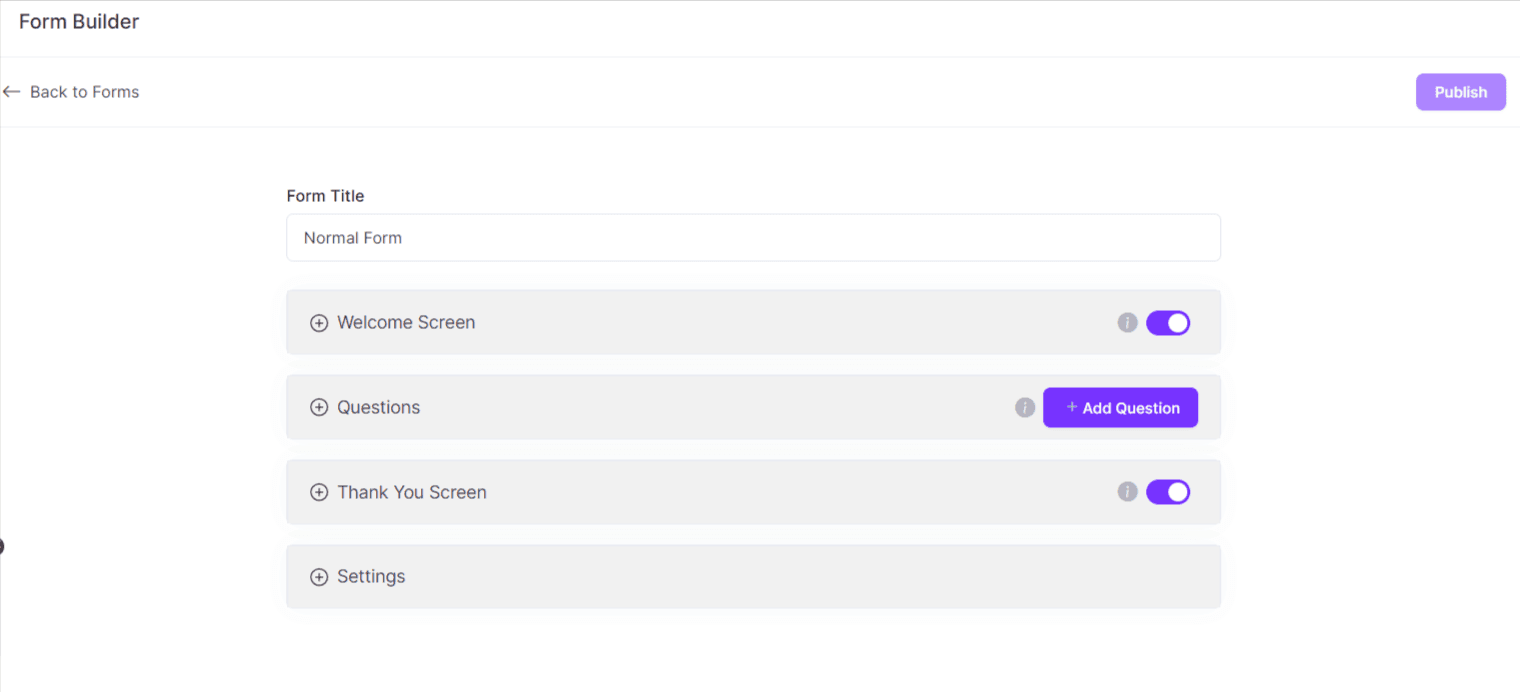
Doing product research
To fully understand your own product or service and successfully communicate its value proposition to potential clients, conducting product research during the pre-sales phase is essential.
You can develop a thorough understanding of the characteristics, functions, and advantages of your product by conducting product research. Continuous product research enables you to stay informed of new developments in your sector, including trends, technology, and client needs.
By performing thorough product research you may successfully position and market your offering to potential customers, highlight its distinctive value proposition, and respond to customer issues. This study makes sure you have the information you need to engage in successful pre-sales conversations, thereby improving your sales process to boost growth and chances of converting leads into loyal customers.
For example, YouTube has started displaying survey ads on your screen before you start watching your favorite video. It gathers information through these survey ads in order to pinpoint areas for product innovation and improvement.
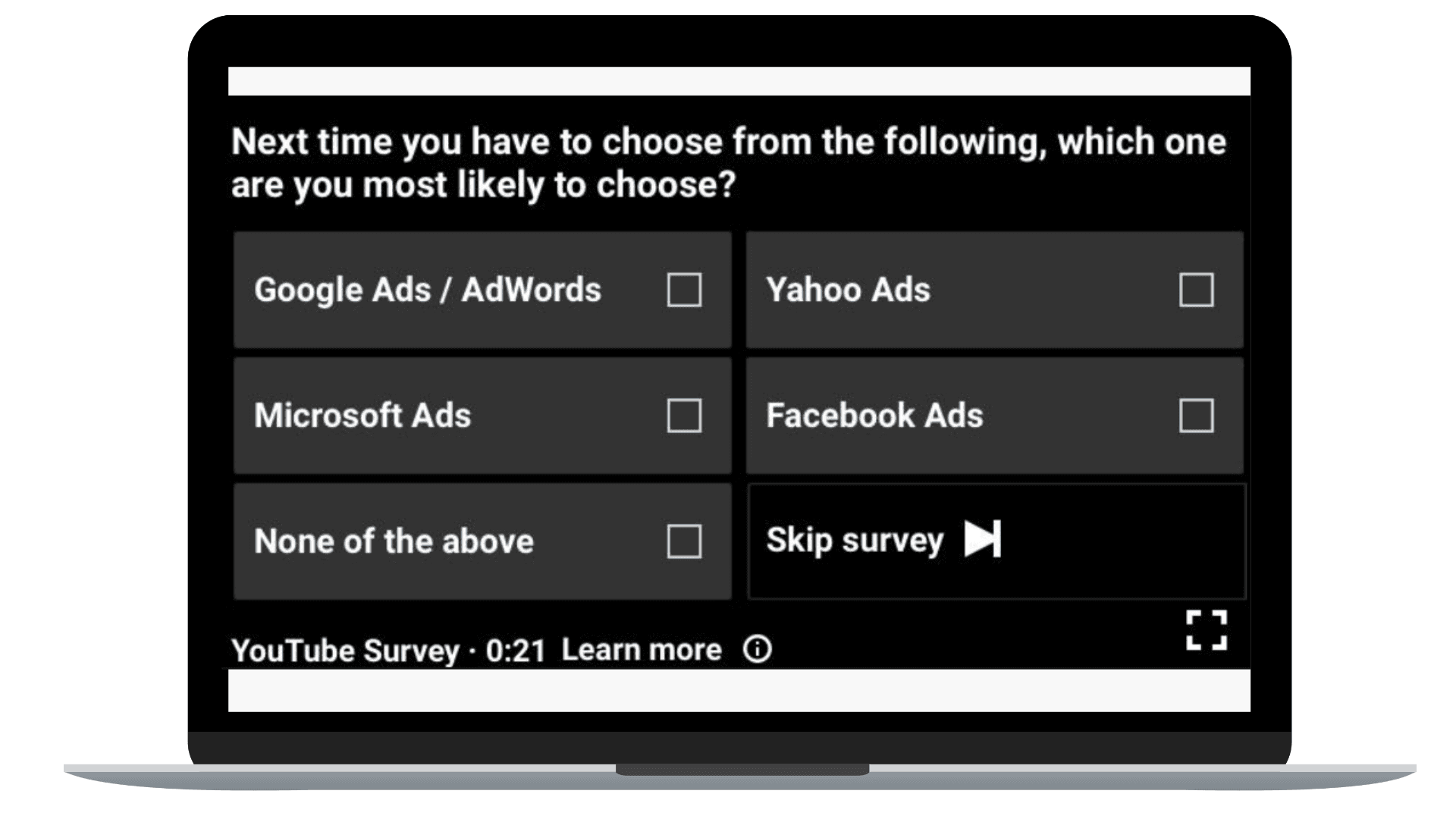
Extensive market research
In the pre-sales process, extensive market research includes acquiring thorough information regarding the market environment, target market, competitors, and industry trends.
You can completely understand your target customer with the help of market research. It entails examining the psychographics, pain points, and purchase patterns of potential clients.
Market research involves a careful examination of the competitors. You can determine your unique selling points and successfully position your product by researching their offers, costs, marketing plans, strengths, and shortcomings.
The ability to establish effective pre-sales strategies, target the proper audience, differentiate your offering, align your message with market expectations, and to curate perfect sales engagement strategies is made possible by performing thorough market research. This research gives you the ability to make well-informed decisions, improve your sales strategy, and raise your prospects for success in turning leads into clients.
For instance, I recently purchased clothes from Flipkart. And the next week, I receive a call from one of their service executives enquiring about how satisfied I am with the purchase and what improvement can be made to the entire buying process. This is often referred to as primary market research and can yield maximum valuable information.
Customer and existing data analysis
You can learn more about how potential consumers have previously communicated with your company through customer and historical data research. This includes how they interact with promotional materials, visit websites, make prior purchases, or make queries. You may use the patterns, preferences, and pain points you find in this data to guide your pre-sales strategy.
Personalization and targeting of communications with prospective consumers are made possible by customer data analysis. You can adjust your messaging and offering to suit each customer's needs by learning about their preferences, purchasing patterns, or unique requirements. Personalization increases the likelihood of successful conversions by establishing rapport, trust to impress your prospects.
Your pre-sales efforts will be more productive and there will be a greater chance of successful conversions thanks to the data-driven study.
As in, to personalize product recommendations and enhance the consumer experience, Amazon examines customer and historical data. They segment customers based on past purchases, browsing habits, and demographic data to create tailored marketing campaigns. Increased consumer engagement, higher conversion rates, and higher customer happiness are the outcomes of this data-driven strategy.
Preparing sales cadence
Creating an organized and planned plan for communicating with potential customers is necessary for creating a sales cadence during the pre-sales process.
The number and timing of your encounters with potential customers are described in a sales cycle. It makes sure that you stay in touch with potential customers frequently and consistently without bothering or ignoring them.
You may also use tools for automating sales cadence such as Zixflow in order to ensure that the sales team connects and engages successfully with their prospect over time in order to close a deal. You can fully automate your sales cadence using Zixflow.
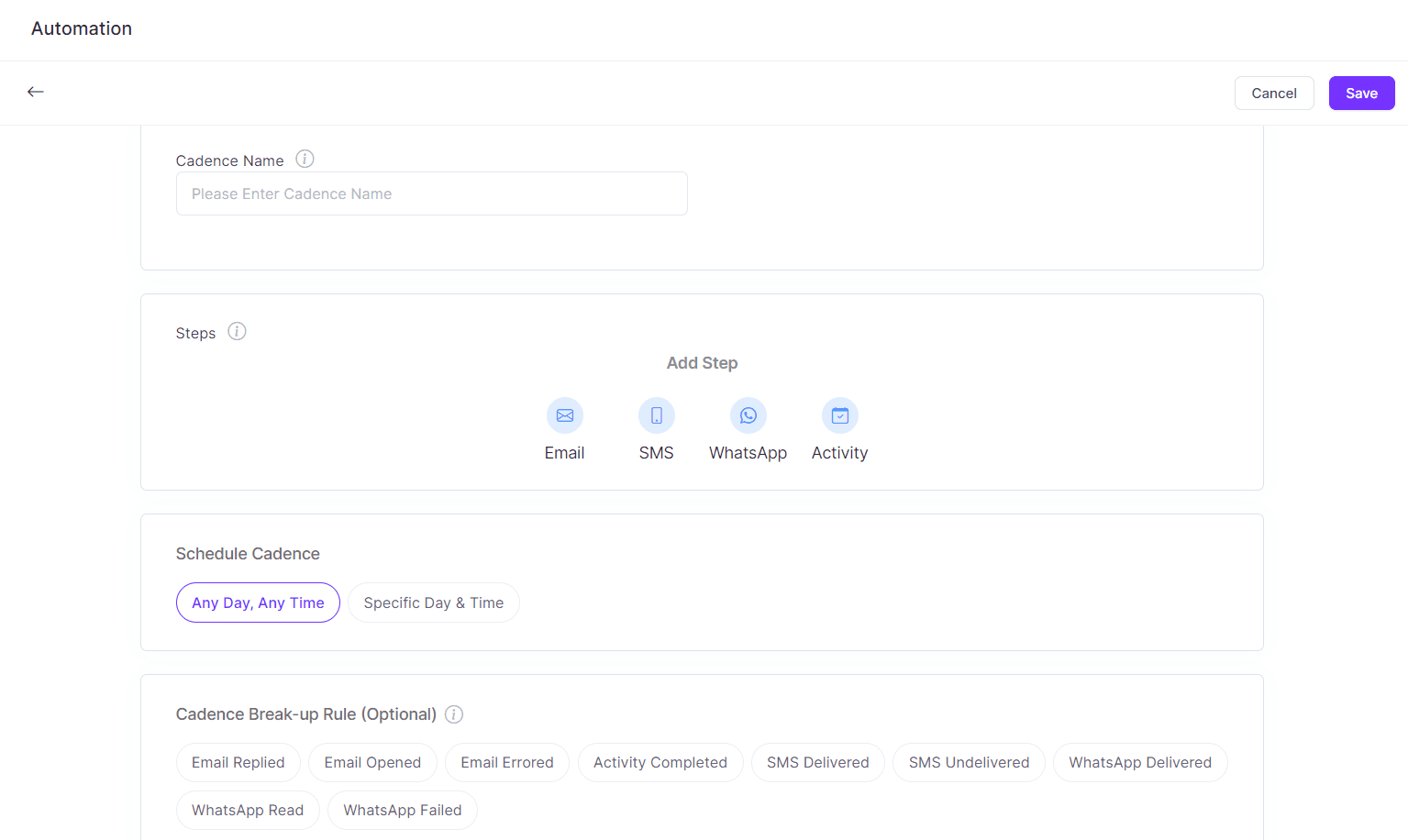
Getting your pitch content ready
Preparing compelling and persuading materials that successfully convey the value of your goods or service to prospective clients is a key step in getting your pitch content ready for the pre-sales process.
It's critical to have a full understanding of the problems and difficulties your target clients encounter before developing pitch content inorder to promote customer-centric selling. This information serves as the basis for your presentation because it enables you to target particular demands and position your service as a remedy.
Make adjustments to your pitch material to make it appealing to various target markets or customer personas. Your messaging should be tailored to each persona's particular demands because each one may have different pain areas, preferences, and priorities.
Use narrative tactics to explain how your product has helped other customers or to give a tale that demonstrates how an issue was solved.
Your pitch's material should be easy to understand, straightforward, and succinct. Avoid using jargon or technical terms that could mislead potential customers. Be sure to keep your message simple and interesting as you deliver it.
You may successfully convey the benefits of your product or service, pique the curiosity of potential consumers, and raise the possibility of successful pre-sales engagements and conversions by preparing your pitch content.
For instance, in order to be confident I always practice my script numerous times. It helps me to convey my message in a more simple and convincing manner.
Mental preparation to ace it all
For the pre-sales process to go well, mental preparation is essential. Success in pre-sales depends on fostering confidence and upholding a positive outlook. Have faith in your skills, the worth of your offer, and your capacity to make a persuasive case.
Understanding your product, market, rivals, and sales psychology needs in-depth is essential for mental preparation. You will feel more assured when interacting if you are knowledgeable. Research, practicing your pitch, and becoming familiar with possible questions or objections are all good ways to become ready.
Rejection, objections, or setbacks may occur throughout the pre-sales process. Building resiliency and coping with difficult circumstances are important components of mental preparation. Maintain a flexible mindset that enables you to change your plan of action as necessary, and see setbacks as chances for learning and growth.
This way of thinking gives you the ability to interact with potential clients successfully, deal with obstacles, and raise the likelihood that your pre-sales efforts will be successful.
For instance, take a deep breath and relax yourself when it comes to mental preparation. Upholding a positive outlook and confidence is all that you need while pre-sales engagement and this can be done by immense concentration and practice.
How to optimize pre-sales efforts to boost sales?
Pre-sales strategies can be greatly improved to increase sales and drive business expansion. The following suggestions can help you improve your pre sales strategy:
Understand your target audience
Learn as much as you can about the requirements, problems, and preferences of your target audience. Your ability to target your pre sales efforts to solve their particular concerns and highlight the value your product or service offers will be aided by this knowledge.
Internshala makes every effort to comprehend its target market. They are aware that the majority of its customers are college students looking to land fantastic internships to boost their resumes. Therefore, Internshala delivers compelling emails to its target audience when they register on their website to increase its success.
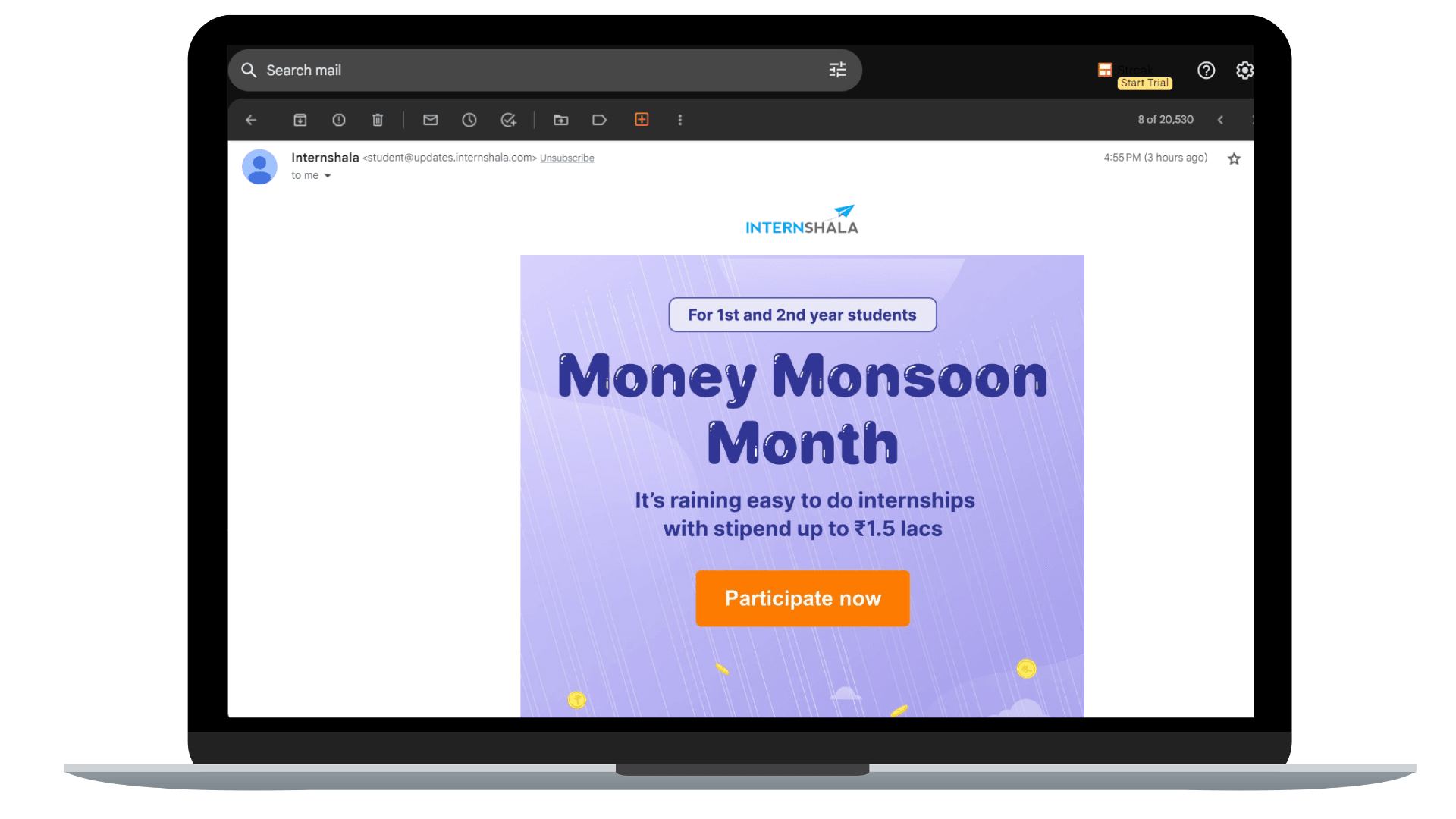
Develop buyer personas
Develop thorough buyer personas for your ideal clients. By doing so, you'll be able to customize your pre sales strategy, customize your messaging, and prepare for any potential objections or queries that might come up during the sales process.
Smytten recognises its buyer personas and creates compelling, personalized emails to increase sales.
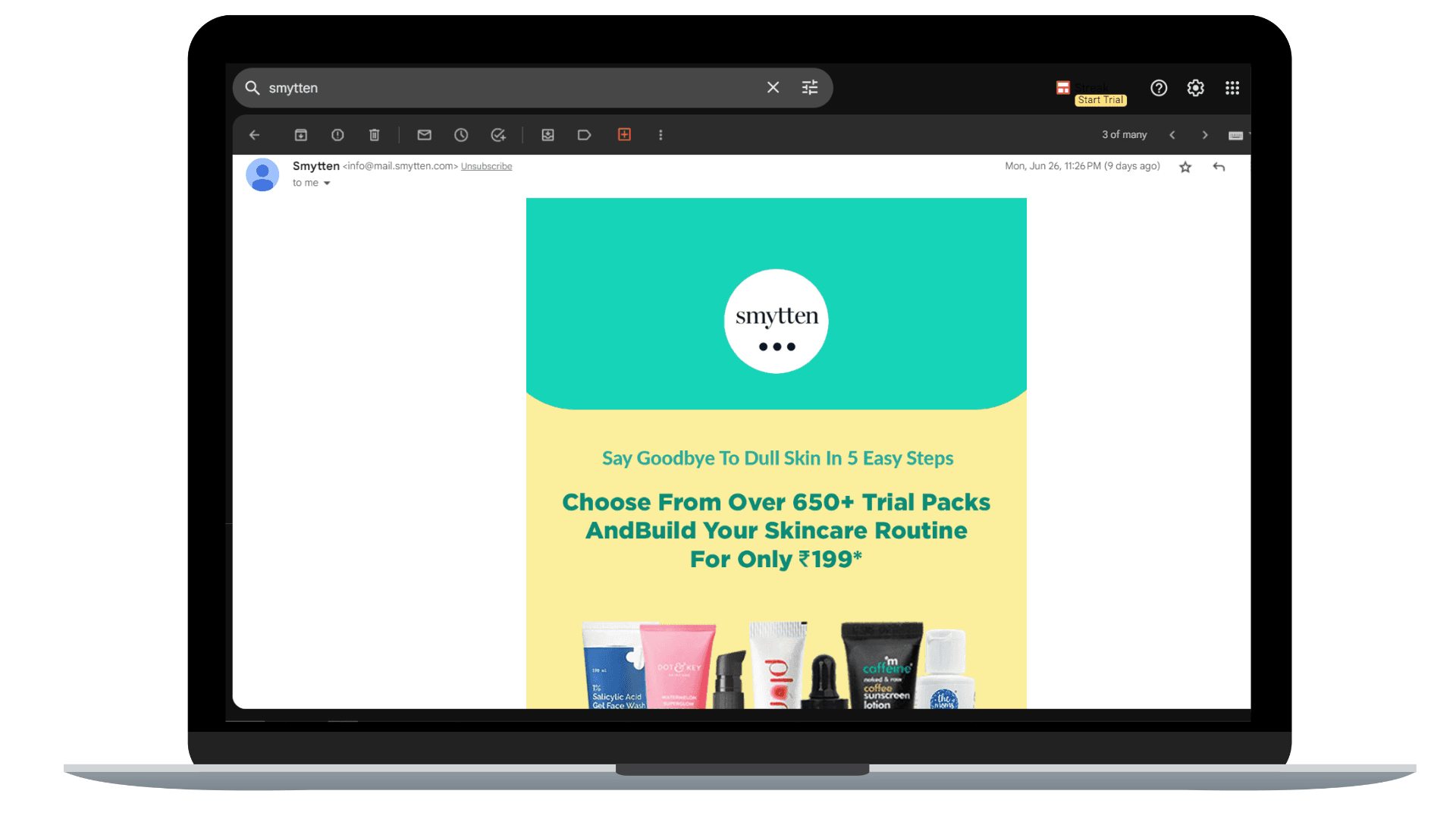
Build strong relationships with your leads
It's essential to build trust and a relationship with prospective customers. Develop relationship selling by having one-on-one conversations or sending personalized emails or phone calls. Throughout the presales process, address their worries, share insightful information, and extend help to foster confidence in your product.
Nykaa is the ideal illustration of a business that completely comprehends the persona of its clients and offers customers enticing WhatsApp messages by carefully studying their most recent picks and decisions.
By leveraging WhatsApp marketing along with its strong brand targeting focused on youth, Nykaa has a unique brand and empire in the fashion industry.
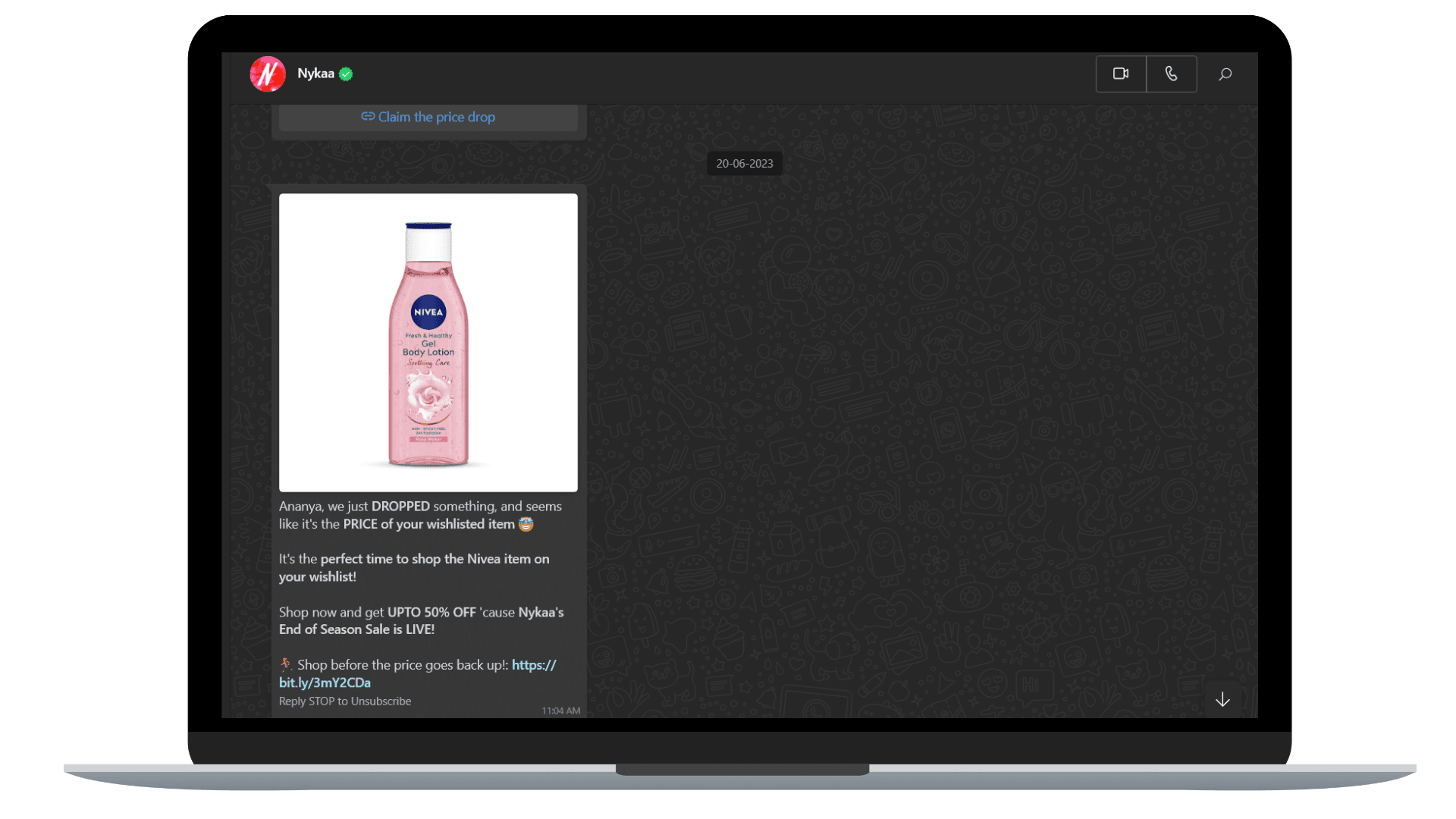
Leverage customer testimonials
Reviews, recommendations, and success stories from real customers can have a powerful impact on new clients. To demonstrate the observable advantages and satisfying experiences that current customers have had with your product or service, provide these case studies and testimonials during the presales process.
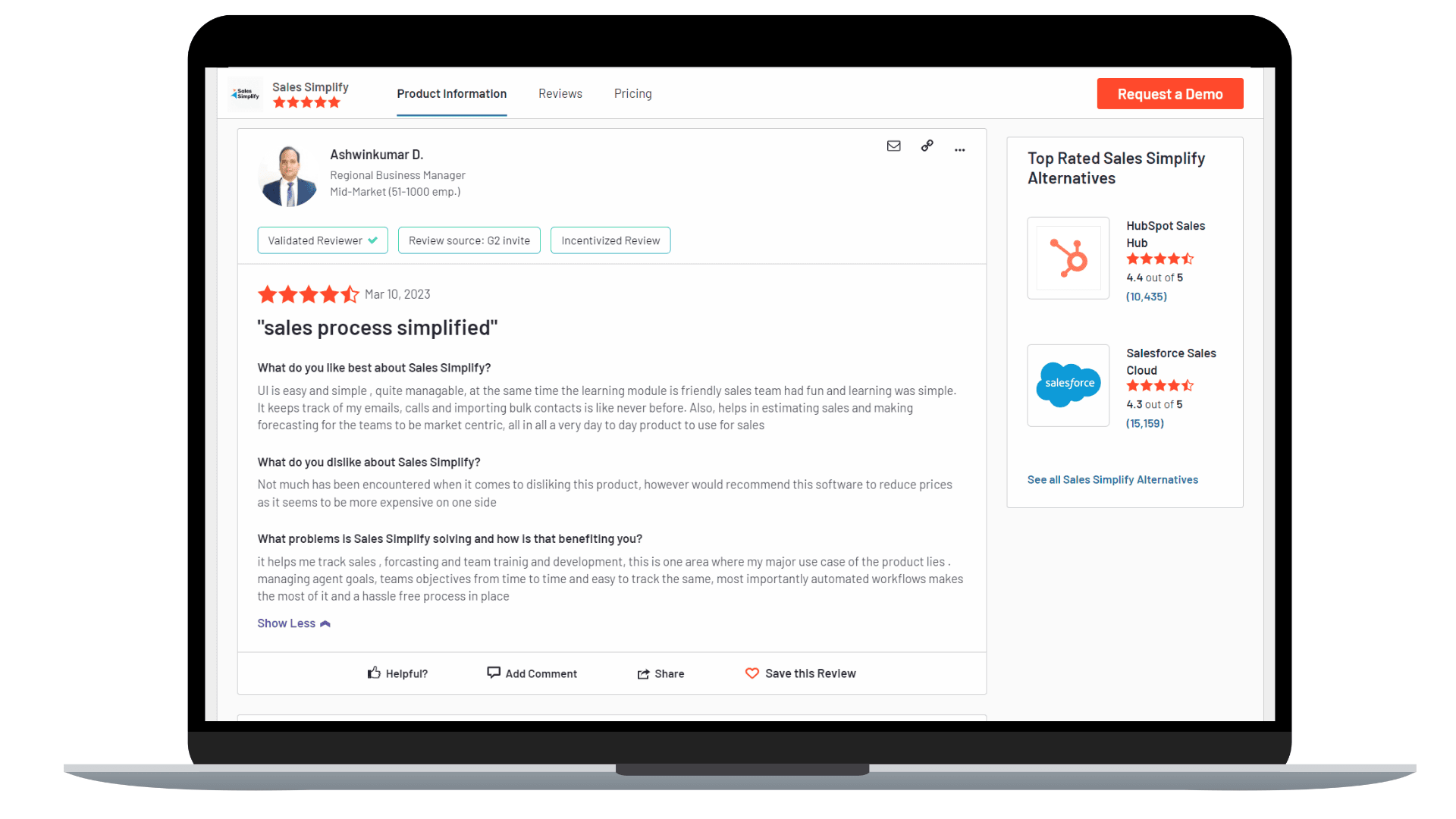
Create compelling sales collateral
Create refined sales materials, such as presentations, case studies, and demo films. These documents ought to make your product or service's special selling points, advantages, and success stories abundantly evident. Ensure that they meet the needs of your target audience and are both aesthetically pleasing and simple to grasp.
Are you ready to dive into the world of sales?
Pre-sales interaction is a crucial stage that prepares businesses for successful conversions and enduring client relationships.
A successful pre-sales interaction strategy improves client comprehension, fosters trust, and raises conversion rates. It lays the groundwork for a smooth transition into the sales phase, opening the door for ongoing success and growth.
In the end, spending time and energy on a well-thought-out and carried-out pre-sales engagement process may pay off in a big way, allowing businesses to successfully attract, engage, and convert leads into devoted customers.
Let’s try Zixflow for free to attract prospects and turn them into loyal customers.
